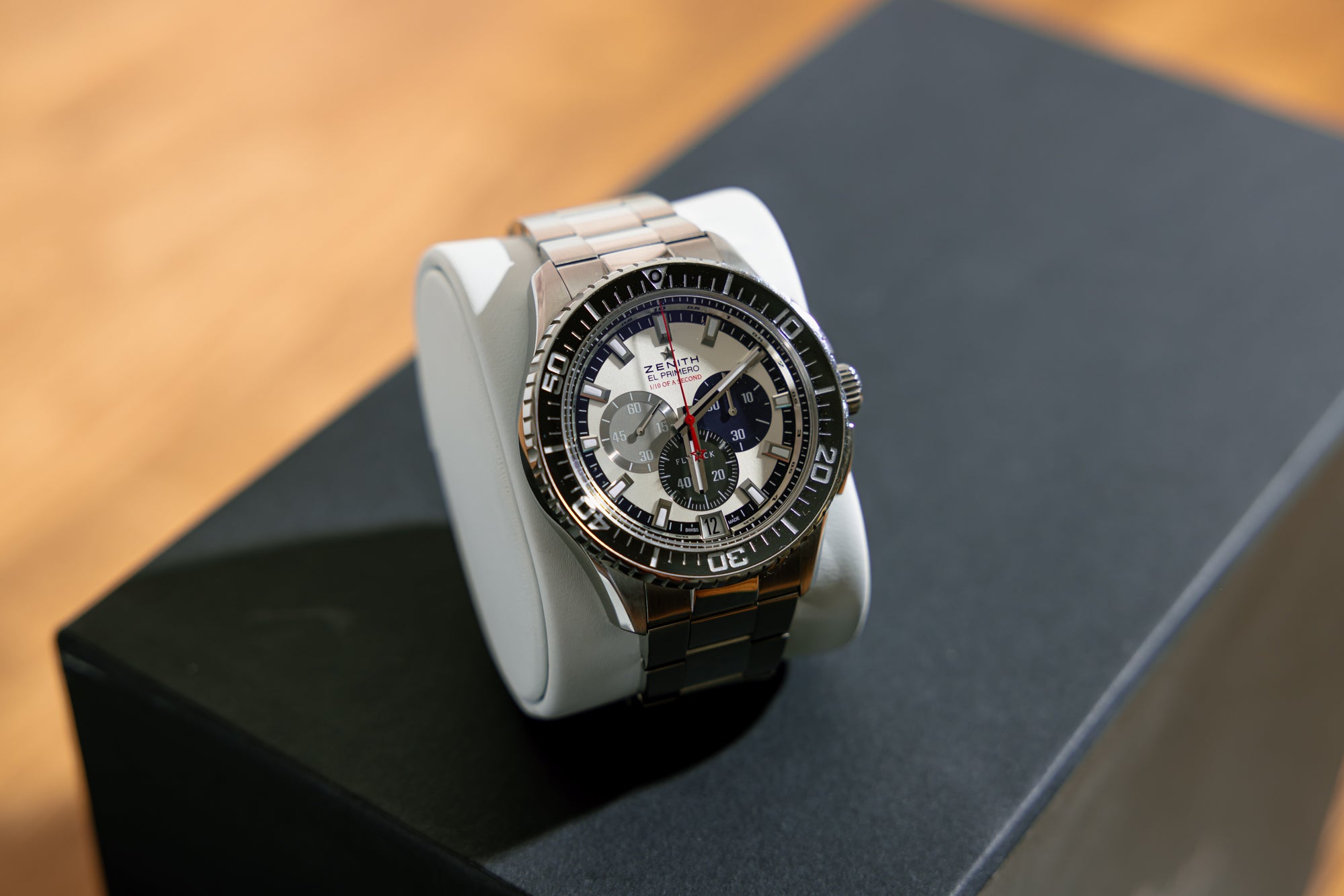Mechanical hand wound watches are a testament to the art and craftsmanship of watchmaking. They are powered by intricate mechanical movements that require manual winding to keep them running. Despite the rise of quartz and automatic watches, mechanical hand wound watches remain a popular choice for watch enthusiasts around the world. In this blog post, we will explore the history, mechanics, and benefits of mechanical hand wound watches.
History of Mechanical Hand Wound Watches
The first mechanical hand wound watches were invented in the 15th century and were powered by a mainspring that was wound by hand. These early watches were often inaccurate and required regular winding, but they laid the foundation for the development of more advanced mechanical movements.
In the 18th and 19th centuries, watchmaking became a highly specialised craft, with master watchmakers producing intricate mechanical movements that were both accurate and reliable. These movements were often adorned with intricate designs and decorations, making them works of art as well as timekeeping devices.
Mechanics of Mechanical Hand Wound Watches
Mechanical hand wound watches are powered by a mainspring that is wound by hand. The mainspring is connected to a series of gears and levers that regulate the movement of the watch. As the mainspring unwinds, it releases energy that is used to power the movement of the watch.
The movement of a mechanical hand wound watch is incredibly precise and accurate. It is controlled by a balance wheel that oscillates back and forth at a constant rate, which regulates the movement of the watch. The movement of the watch is also affected by temperature and position, which is why mechanical hand wound watches often require regular adjustment to keep them running accurately.
Benefits of Mechanical Hand Wound Watches
- Craftsmanship: Mechanical hand wound watches are a testament to the art and craftsmanship of watchmaking. They are often adorned with intricate designs and decorations, making them works of art as well as timekeeping devices.
- Connection to History: Mechanical hand wound watches have a rich history that dates back centuries. Owning a mechanical hand wound watch is a way to connect with this history and to appreciate the craftsmanship that went into producing these watches.
- Accuracy: While mechanical hand wound watches require regular winding and adjustment, they are incredibly accurate and precise. They are able to keep time to within a few seconds per day, which is comparable to many automatic and quartz watches.
- Style: Mechanical hand wound watches are available in a wide range of styles and designs, which means that there is a watch for every taste and preference. Whether you prefer a classic and elegant watch or a sporty and rugged watch, there is a mechanical hand wound watch that will suit your style.
Maintenance of Mechanical Hand Wound Watches
Maintaining a mechanical hand wound watch requires a bit more effort than maintaining a quartz or automatic watch, but it is well worth the effort. Here are a few tips for maintaining your mechanical hand wound watch:
- Wind it Regularly: Mechanical hand wound watches require regular winding to keep them running smoothly. Most watches need to be wound every 24-30 hours, depending on the watch and frequency of use.
- Keep it Clean: Regularly clean your watch with a soft cloth to remove any dirt or debris that may have accumulated on the surface.
- Store it Properly: When you are not wearing your mechanical hand wound watch, store it in a cool, dry place away from direct sunlight and extreme temperatures.
- Service it Regularly: It is important to have your mechanical hand wound watch serviced by a professional every few years to ensure that it is running properly and to catch any potential issues before they become major problems.
Conclusion
Mechanical hand wound watches are a testament to the art and craftsmanship of watchmaking. They are powered by intricate mechanical movements that require manual winding to keep them running. Despite the rise of quartz and automatic watches, mechanical hand wound watches remain a popular choice for watch enthusiasts around the world. Whether you are looking for a watch that is a work of art, a connection to history, or simply a reliable timekeeping device, a mechanical hand wound watch is sure to meet your needs. With proper maintenance and care, a mechanical hand wound watch can last for many years and provide you with reliable timekeeping for all of your daily activities.




